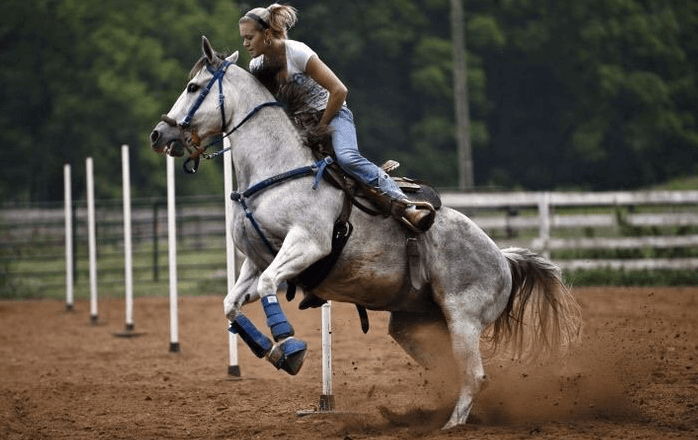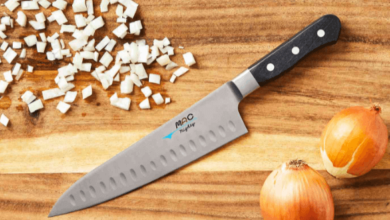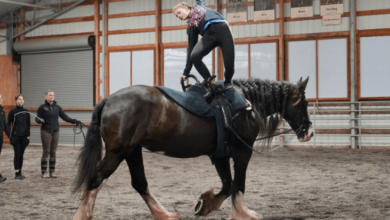How can I teach my horse pole bending?

Pole bending is a dynamic and exciting rodeo event that challenges both horse and rider to weave at high speeds through a series of poles. Teaching your horse pole bending involves patience, consistency, and a systematic approach to training. This guide will walk you through the process, from the basics of handling your horse to mastering the pole bending course.
Understanding Pole Bending
Pole bending is a timed event that involves a horse and rider making sharp turns around six poles arranged in a line. Each pole is generally about six feet high and placed 21 feet apart. The goal is to complete the weave without knocking any poles over, in the fastest time possible.
Initial Preparations Before Training
Assessing Your Horse’s Fitness and Readiness
Before you begin pole bending training, it’s crucial to ensure your horse is physically fit. A veterinary check-up can ascertain your horse’s health, focusing on its agility, flexibility, and overall fitness—key components for a sport that demands quick, sharp movements.
Essential Equipment for Pole Bending
You’ll need the right tack and equipment to train effectively. A well-fitted saddle that stays in place during tight turns and a comfortable, secure bridle are essentials. Additionally, protective boots for your horse’s legs are recommended to prevent injuries during the rapid, twisting maneuvers.
Basic Training Techniques for Agility and Speed
Building a Foundation with Groundwork
Start with groundwork to enhance your horse’s responsiveness to commands. Techniques like lunging can improve your horse’s balance and agility, which are critical for maneuvering around the poles smoothly.
Introducing Your Horse to the Poles
Initially, walk your horse around the poles on a loose rein to familiarize them with the layout. Gradually increase the pace as your horse becomes more comfortable, always ensuring that each approach is calm and controlled.
Advanced Training Strategies
Developing Precision and Timing
As your horse becomes adept at navigating the poles, focus on refining precision and timing. Use markers to set “invisible gates” that your horse must pass through, which helps in tightening the turns and improving accuracy.
Speed Training
Introduce speed gradually to prevent your horse from becoming overexcited or stressed. Incremental increases will help your horse maintain control over its movements at higher speeds.
Troubleshooting Common Issues
Dealing with Knocked Poles
If your horse frequently knocks poles, revisit your speed and turning techniques. Ensure your horse is not entering turns too quickly or at an incorrect angle. Sometimes, slight adjustments in the rider’s posture and cues can make a significant difference.
Improving Concentration in Horses
Some horses might struggle with concentration during the course. Reinforce training sessions with short, focused exercises that keep your horse engaged. Consistently rewarding good performance can also enhance focus and performance.
Preparing for Competition
Simulating Competition Conditions
To prepare your horse for competition, simulate the environment during training sessions. Practice with the same type of poles and ground surface and mimic the competition’s noise levels if possible.
Mental and Physical Preparation Before the Event
On the day of the event, ensure your horse is well-rested and adequately warmed up. A calm, focused horse is more likely to perform well in a competitive setting.
Conclusion
Teaching your horse pole bending requires a blend of systematic training, patience, and adaptability. By following these guidelines, you can develop a skilled pole bending horse that thrives in competition and enjoys the sport. Keep training sessions positive and consistent, and your efforts will be rewarded with significant improvements on the course.






